Cattle farm? Electricity!
In the heart of Kisalföld, as you head west on the M1 motorway, you’ll come across a meticulously cultivated and irrigated area. This marks the site of the Kisalföldi Mezőgazdasági Zrt. in Nagyszentjános.
Their primary activity is dairy cattle farming. Initially, milk production took place in Nagyszentjános and Rétalap, later expanding to include cattle farms in Bőny and Kapuvár. Today, the three farms collectively house 2,600 dairy cattle, yielding a total annual milk production of 33 million kilograms.
A biogas plant for recycling slurry and dry manure from cattle farming is operational at two of their sites, in Kapuvár and Nagyszentjános.
The significant value lies the methane produced within the digester of the biogas plant, which accumulates beneath the tent forming the roof. This methane is directed into a 12-cylinder Otto engine housed in an adjacent container. This engine powers a 500-kW generator connected behind it. The electricity generated by this system is between 3 800 000 and 3 900 000 kWh per year. A portion is allocated to fulfill the biogas plant's own energy requirements, another portion caters to the energy needs of the cattle farm, while the remainder is either fed into the grid or sold to the electricity supplier.
The biogas plant frequently encounters extreme temperatures, up to +55 in the summer and around 0 Celsius during the winter. The Siemens PLC, which operates the plant and the custom-built HMIs, connected to it, are exposed to these conditions. Unfortunately, over the years since the plant’s opening, the custom-built HMIs have started to malfunction and fail.
After these events, Kisalföldi Mezőgazdasági Zrt. approached evosoft to seek a solution for the replacement of the HMIs. During the initial field survey it was discovered that the failed HMI was, in fact, a custom-developed software running under Windows XP on a PC. Our objective was to substitute this visualisation system with a Siemens Comfort Panel. One of the key requirements were that the new system should closely resemble the original in both appearance and functionality. This would allow the plant staff to seamlessly continue their work without the need for additional training after the system replacement.
The task became particularly challenging due to the constraint of not being able to modify the online PLC code. Additionally, neither the PLC code nor the source code of the old visualization system was available. To address this, we opted to operate the old visualization system on a virtual machine connected to a PLC of the same type as the one that previously controlled the plant. We recovered the code from the original PLC and downloaded it to the PLC connected to the virtual machine. This enabled us to commence reverse engineering the code for one of the sites within an office environment.
1. figure: Biogas plant in Nagyszentjános
The challenge arose from the fact that the recovered PLC code lacked symbols, comprising only raw STL code. Anyone familiar with such code understands that interpreting even a small block can be a daunting task. We divided the task into two parts: one of us started to build the original HMI, develop scripts and faceplates, while the other reverse-engineered the code using electrical drawings and the original HMI running on the VM.
First, we focused on the HMI and PLC code of the Nagyszentjános plant. Upon completing the HMI, we transitioned to the Kapuvár plant. The Kapuvár plant is approximately twice the size of the Nagyszentjános plant, and there were several years between the establishment of the two plants. Consequently, the HMI and the PLC of the Kapuvár plant did not run the same code as the Nagyszentjános plant. Complicating matters, the old HMI in Kapuvár could not run on virtual machine due to software issues. The code decryption had to be done in the field while the live system continued to operate without interruptions. To ensure variety in tasks, we alternated responsibilities between the two of us at this site.
2. figure: Bird's eye view of the biogas plant in Nagyszentjános
Commissioning started after the completion of the HMI for both plants. The team was split into two parts, with one of us handling the replacement and testing of the HMI for the Kapuvár plant, and the other taking care of the Nagyszentjános plant.
Replacing and testing the panels spanned several days. Due to the plant’s requirement for uninterrupted operation, we were permitted to intermittently connect the new HMIs for testing, only for a few hours each day. Once the allotted time expired, the old, barely functional HMI had to be reconnected.
A specific criterion was that the new HMIs had to be accessible remotely by the maintenance team from their phones or PCs. To achieve this goal, we utilized the Siemens Smart Server & Smart Client software. This has also required some modifications to the local IT system to open the necessary ports.
We thoroughly enjoyed working on this project. The combination of office and field tasks kept the work dynamic, ensuring it never felt monotonous. From the outset, it was evident that success required not only standard solutions but also our creative ideas. This has been a significant factor in our professional and soft skills development. We look forward to engaging in more projects like this in the future.
Are you really curious?
Discover the solutions that evosoft provides.
A foretaste of evosoft’s portfolio - check our blog article.
Let's get in touch, contact us.
If you are interested in our solutions and services, please send a message to our Program Manager.
Gábor Kozó - Program Manager (LinkedIn)


